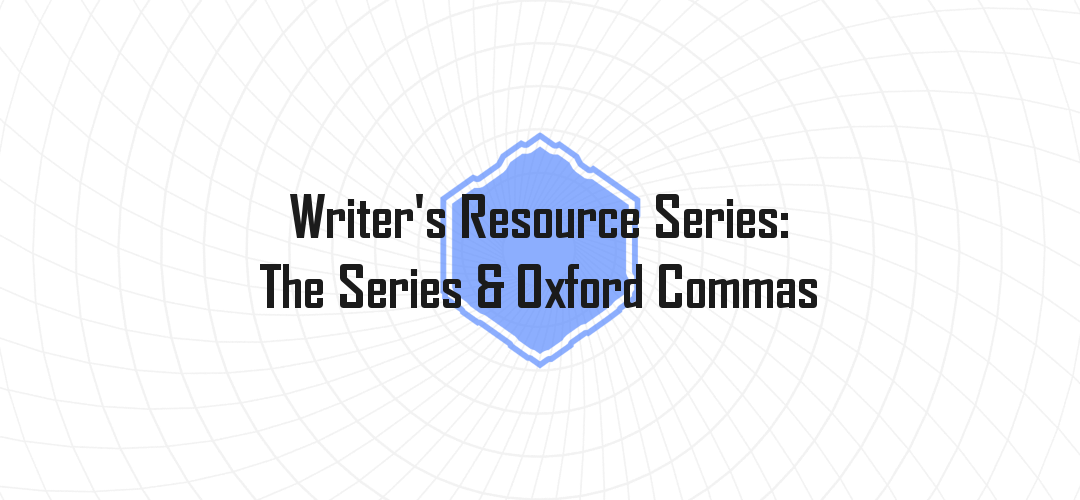When and how to use a comma can be confusing and often leads to the punctuation mark being used incorrectly.
The ability to examine content and know when to use a comma, when their use is conditional, and where they don’t belong is essential for clear writing in any environment be it academia, business, or social media.
I have included an interactive module at the end of the post for you to practice using the series and serial (Oxford) commas.
(Source: http://static.someecards.com/someecards/usercards/MjAxMy0xOGRjM2NkZWQ2NzI3MTc2.png)
The Oxford Comma
A series or serial comma—also known as an Oxford comma—is used before a conjunction in a list of three or more items or ideas.
Examples
- Joe enjoys hiking, biking, and camping.
- Becky’s day consists of a morning exercise routine, enjoying a healthy breakfast, and fighting traffic on her way to work.
Using the Oxford comma helps you prevent ambiguity. Remember, you want your writing to be clear and meaningful.
If you have elements in a series all joined by conjunctions, then you don’t need to use commas. However, you may need to use commas in these instances if the elements are long and a comma or two would aid in readability.
Examples
- Hank is afraid of spiders and snakes and mimes.
- Hank is only afraid of spiders with seven legs and a depressing outlook on life, and snakes that may or may not owe him money, and mimes that are talent-less hacks.
For further explanation, watch this video: Grammar’s great divide: The Oxford comma (courtesy TED Ed).
Using Semicolons Instead of Commas in a Series
If you are listing a series where each element in the series contains its own internal punctuation, it may be necessary to use semicolons instead of commas.
Example
- You want to create value, engagement, and opportunity with your marketing plan; or you could just lie, coerce, and scam your way to making more money.
Commas With “etc.” and “et al.”
etc.
When using “etc.” at the end of a series, it is preceded and followed by a comma—unless it comes at the end of a sentence.
Examples
- We were going through the things in Aunt Mabel’s attic like old newspapers, musty books, moth-eaten blankets, etc., when we discovered a chest full of gold doubloons.
- There is a lot to choose from off this menu: burgers, salads, some gross vegan thing, dessert, etc.
et al.
“et al.” is treated like “etc.” However, if you have “et al.” following a single name, you may omit a preceding or following comma.
Examples
- Darth Vader, Emperor Palpatine, et al., agreed that they really dropped the ball on the Death Star’s design.
- Bugs Bunny et al. are Loony Toons.
Practice: Series & Serial (Oxford) Comma
References
Punctuation. (2010). In The Chicago manual of style (16th ed.). (pp. 311-324). Chicago: The University of Chicago Press.
